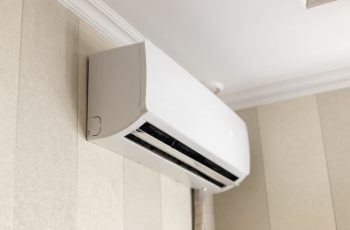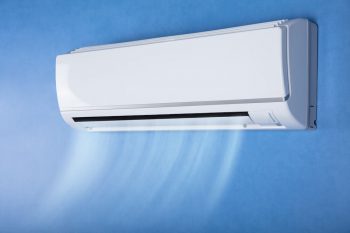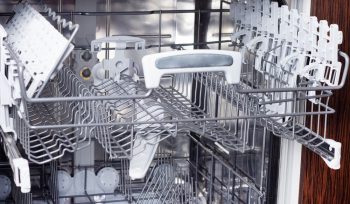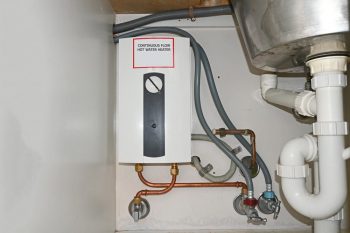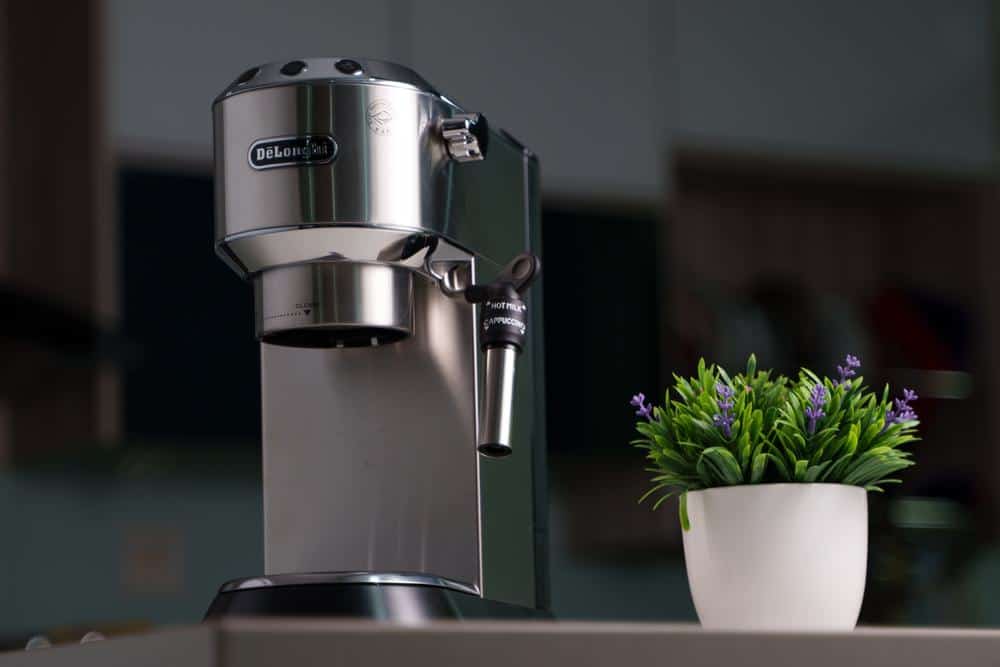
A portafilter is a vital component of an espresso machine that plays a significant role in the coffee-making process. It’s the handle that protrudes from the machine and contains a basket that holds the ground coffee. But what exactly is it, how does it work, and why is it so important? In this in-depth guide, we will explore everything you need to know about the portafilter.
A portafilter is an essential part of an espresso machine that holds the ground coffee. It consists of a handle, a basket, and one or two spouts. When attached to the machine, it allows high-pressure hot water to flow through the coffee, extracting the flavors and oils. The type and design of a portafilter can significantly impact the quality of the espresso. Proper use and maintenance of the portafilter are crucial for optimal espresso making.
Understanding the Portafilter
A portafilter consists of a handle, a basket, and one or two spouts. The handle allows you to insert and remove the portafilter from the espresso machine, while the basket holds the ground coffee. The spouts guide the flow of espresso into your cup.
When attached to the group head of the espresso machine, the portafilter forms a seal that allows high-pressure hot water to flow through the coffee puck. This process extracts the aromatic oils and flavors from the coffee, giving you the rich, robust espresso shot you crave.
Types of Portafilters
There are several types of portafilters, each with its benefits and drawbacks. These include:
- Spouted Portafilters: These have one or two spouts that guide the flow of espresso into your cup. Double-spouted portafilters are popular for splitting shots between two cups.
- Bottomless (Naked) Portafilters: These portafilters have no spouts, allowing you to watch the extraction process directly from the basket to the cup. They are useful for diagnosing extraction issues and improving tamping technique.
- Pressurized Portafilters: These portafilters have a built-in mechanism that creates pressure during extraction. They are suitable for beginners but offer less control over the flow of espresso.
- Commercial Portafilters: These portafilters are designed for use in commercial espresso machines and are considered the gold standard due to their ability to produce excellent espresso.
Portafilter Design and Espresso Quality
The design of a portafilter can significantly impact the quality of the espresso. The basket shape, hole size and distribution, and material can all influence the extraction process and, as a result, the final taste of your espresso.
Using a Portafilter
To use a portafilter in making espresso, you need to follow a process that includes preheating the portafilter, grinding the coffee beans, dosing and tamping the coffee, attaching the portafilter to the espresso machine, and monitoring the extraction.
Maintaining a Portafilter
Proper maintenance of your portafilter is crucial for ensuring its longevity and the quality of your espresso. Regular cleaning, inspecting for damage, and replacing worn-out parts are all part of this process.
Troubleshooting Portafilter Issues
Common issues with portafilters include uneven extraction or channeling, spraying or spurting, difficulty inserting portafilters, coffee leaks over the rim of the portafilter, and clogged filter screens. Understanding these problems and knowing how to resolve them can help you maintain your portafilter and espresso machine in peak condition.
Tips for Getting the Best Performance from Your Portafilter
To get the best performance from your portafilter, consider upgrading to better portafilter baskets, cleaning and drying the portafilter basket before use, spreading the coffee evenly, using the right amount of coffee grounds, tamping consistently and accurately, and using a bottomless portafilter for diagnostic purposes.
In conclusion, the portafilter is a vital part of any espresso machine. Understanding its function, how to use it, and how to maintain it can significantly enhance your espresso-making experience and the quality of your coffee.
Frequently Asked Questions
What materials are portafilters usually made from?
Portafilters are typically made from brass, stainless steel, or aluminum. Brass and stainless steel are preferred for their durability and heat retention properties.
How often should I clean my portafilter?
You should clean your portafilter after each use to remove coffee residue and oils. Also, it’s recommended to do a deep cleaning once a week with a suitable espresso machine cleaner.
What size portafilter should I use?
The size of the portafilter you should use depends on your espresso machine and your desired yield of espresso. Standard commercial machines typically use 58mm portafilters, but sizes can range from 49mm to 61mm.
How much coffee should I put in a portafilter?
The amount of coffee you should put in a portafilter depends on the size of the portafilter and the strength of espresso you want. Generally, a double shot of espresso requires 18-20 grams of coffee.
Why is my espresso bitter or sour?
If your espresso tastes bitter, it may be over-extracted, meaning the water has flowed through the coffee grounds for too long. If it’s sour, it may be under-extracted, meaning the water hasn’t flowed through the coffee grounds long enough. Adjusting your grind size, dose, and extraction time can help correct these issues.

